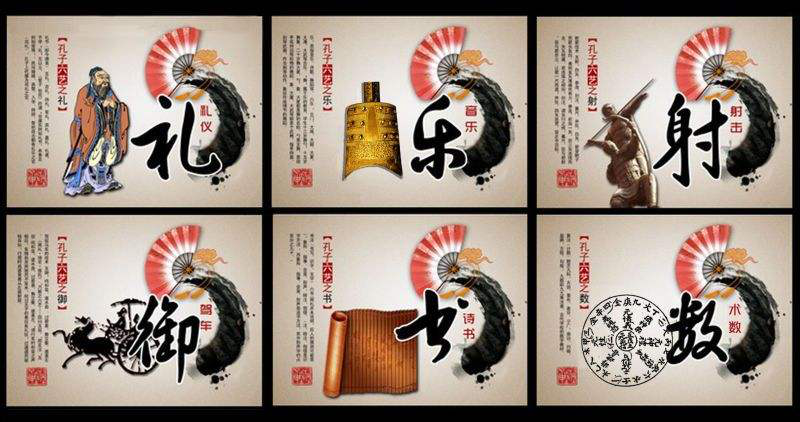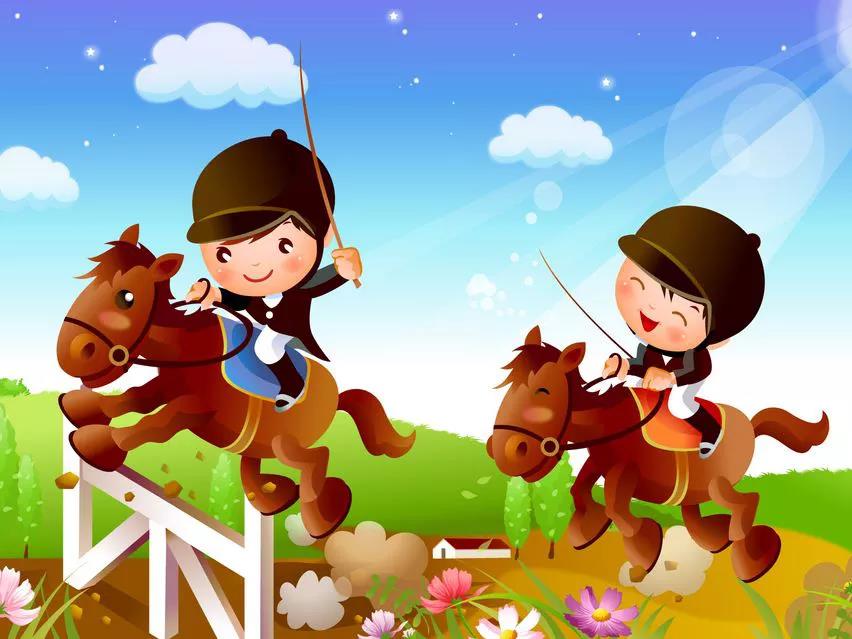XOM Weekly Educational Programmes-Ancient Six Arts: Charioting
Publish date:2020-9-25 Pageview: 1037

In ancient Chinese culture, students were required to master six practical disciplines called the Six Arts (liù yì in Chinese): rites, music, archery, charioting, calligraphy and mathematics.

We would like to tell you something about charioting today.
CHARIOTEERING
The chariot had an important place in war, in hunting and in the parades that expressed the power of the nobles in ancient times. To become a charioteer is also an excellent form of training that requires the combined use of intellect and physical strength.

Equestrian events were included in the Olympic Games for the first time in 1900 and then in 1912, in a format very similar to that which was used at the Athens 2004 Olympic Games.

In the past, the three-day event was restricted to military officers, while the jumping and dressage competitions were open to civilians, but only a handful of civilian riders competed up to 1948. Up to that time, the growth of modern sport had been rapid, but relatively few competitors were involved in international competitions. They all knew each other and the judges and were accepting of local variations to the fairly simple rules which existed. With the inclusion of the sport in the Olympic Games, it became obvious that some internationally recognized rules for the three Olympic disciplines were essential. In May 1921, delegates from 10 national equestrian organizations met in Lausanne to discuss the formation of an international federation.
Equestrian consists of three disciplines: Jumping, Dressage and Three-Day Event.

















